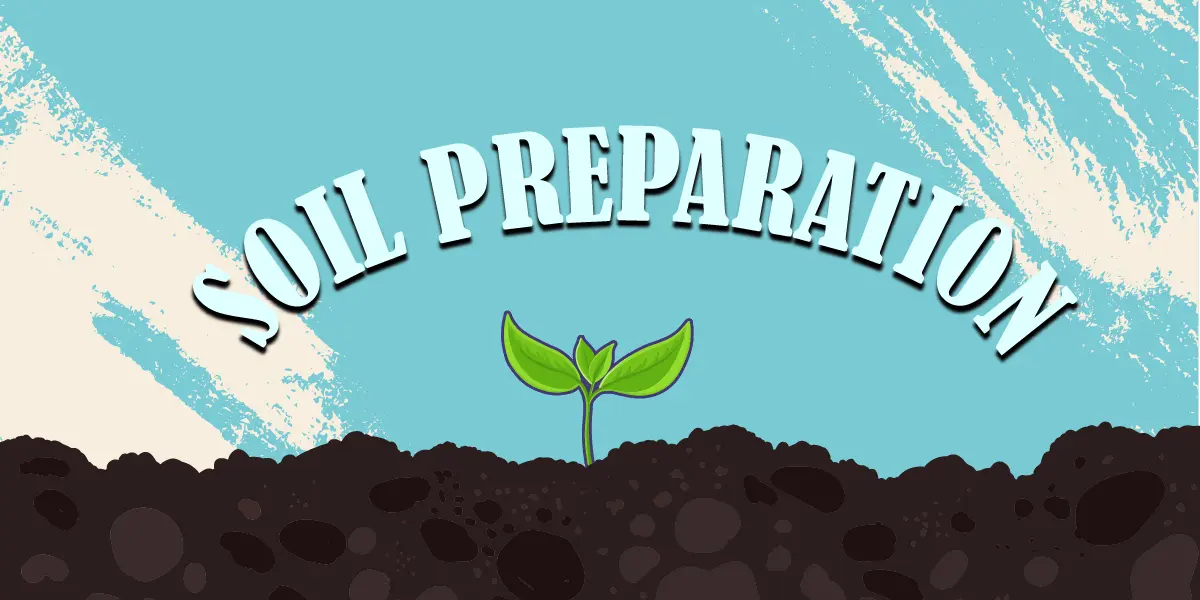Gardening in Southern California is a year-round activity, thanks to mild winters, hot summers, and varied microclimates.
However, in some areas, the soil may work against you.
- The Los Angeles Basin features soils like the Chino Association, a gray, calcareous silt loam found in basins and floodplains. These alkaline soils have poor drainage and a moderate erosion hazard.
- San Bernardino and Riverside Counties contain Delhi series soils, which are now degraded due to urban development and sand mining.
- The Central Valley has poorly drained loam or fine sandy loam soils, often saline, leading to issues like land subsidence from groundwater withdrawal.
- Rancho Palos Verdes has experienced significant land movement, with soil shifting up to 4 inches per week due to geological factors and heavy rains.
Several factors contribute to soil degradation:
- Frequent wildfires destroy vegetation, reducing organic matter and increasing erosion and soil structure loss.
- Prolonged droughts and excessive groundwater extraction lower water tables, causing soil compaction and salinity.
- Construction and land alteration disrupt natural soil profiles, compacting soil and reducing fertility.
- Certain soil types, like clay and silt, prevalent in the region, have poor drainage and are prone to swelling and shrinking.
- Inadequate drainage in irrigated areas invites salt accumulation, rendering soils less productive.
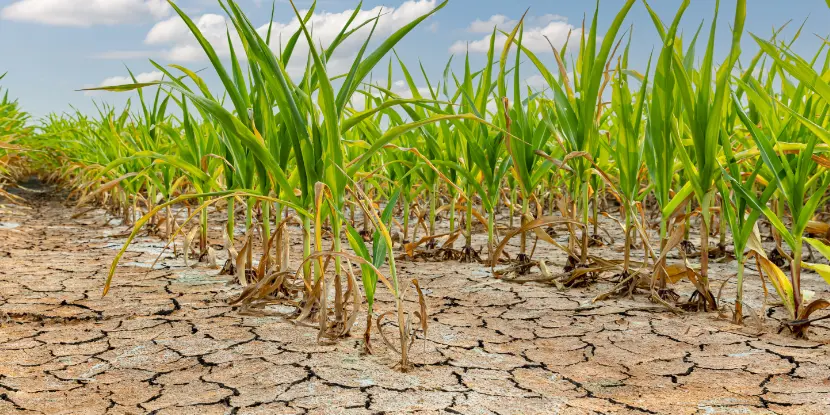
Prolonged droughts can cause soil compaction and salinity.
Why Soil Preparation Matters
Great soil is alive with microorganisms, minerals, nutrients, and organic matter that support plant life. Preparing your soil gives plants the best chance of strong and healthy growth while minimizing pest problems and dependence on chemical fertilizers.
Healthy soil = thriving plants, simply put.
When to Prepare Your Soil
Spring planting in Southern California typically begins in February or March, depending on your location.
Start preparing your soil 4–6 weeks before planting, which means late December or January. This timing allows amendments to settle and take effect, creating the perfect planting environment.
Prep your soil in early spring for summer crops (like tomatoes and peppers). Begin preparations in late summer for fall or winter gardening.
To-Do Timeline
- Late December-January: Prepare soil for spring plantings.
- Early Spring: Prepare soil for heat-loving crops (e.g., tomatoes and peppers).
- Late Summer: Prepare soil for fall planting (e.g., cool-season vegetables).
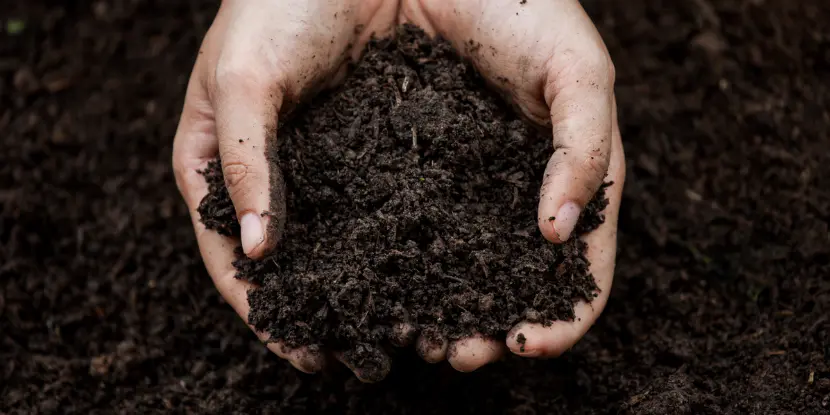
Compost enriches and aerates the soil organically.
How to Prepare Your Soil in SoCal
1. Test Your Soil
Southern California soils can vary from sandy coastal soils to heavier clay soils in inland areas. A soil test will provide valuable insights into:
- pH balance (the ideal range for most plants is 6.0–7.0)
- Nutrient levels (nitrogen, phosphorus, potassium)
- Organic matter content
You can purchase a soil test kit at a garden center like Anawalt or online.
2. Improve Drainage
Standing water can stunt root growth or lead to rot.
- Incorporate compost or aged manure to lighten clay soils and encourage water movement.
- For very dense clay, a small amount of sand can improve drainage, but too much may lead to compaction.
- If all else fails, construct raised garden beds to control soil compaction and drainage issues.
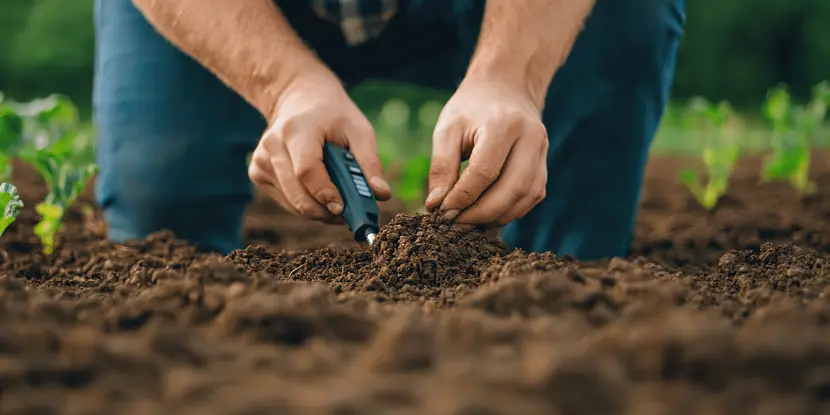
A gardener tests the soil with a handheld device.
3. Boost Nutrient Quality
- Compost adds organic matter and nutrients. Spread about 2–3 inches of compost on your soil and mix it thoroughly.
- Plant cover crops during the off-season. Legumes and grasses can be tilled back into the soil to replenish nitrogen levels.
- Amend with bone meal for phosphorus, kelp meal or greensand for trace minerals, and slow-release organic fertilizers to balance nitrogen.
4. Address Soil pH
Most vegetables and flowers prefer a neutral pH of 6.0–7.0. Southern California soils tend to be alkaline.
- For Acid-Loving Plants (e.g., blueberries, azaleas): Add elemental sulfur or coffee grounds to lower pH.
- For Neutral or Slightly Alkaline Needs (most vegetables): Compost and organic materials buffer pH naturally.
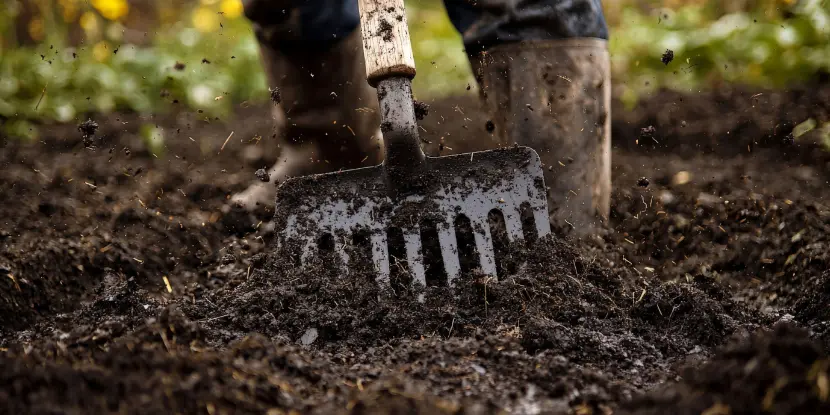
Tilling loosens and aerates the soil, aiding root development. But don’t overdo it!
5. Break Up Compacted Soil
Compaction is a common issue in California gardens where clay is present. Compacted soil blocks air and water from reaching roots.
- Loosen the soil with a broadfork or garden fork. Avoid over-tilling.
- Mix in well-rotted compost to make the soil lighter and more workable.
6. Water Wisely During Preparation
Once you’ve amended and aerated your soil, water it thoroughly to settle amendments and test drainage. Avoid overwatering. Soggy soil can harm microbial life.
Soil Requirements for Different Plants
Vegetables
Ideal Soil
Loamy, rich in organic matter, with good drainage.
Additional Tips
- Add nitrogen for leafy greens like lettuce and kale.
- Incorporate potassium for root crops like carrots and radishes.
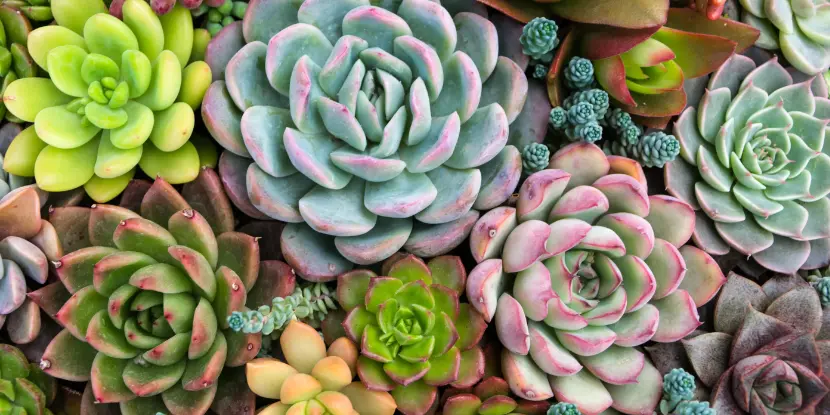
Succulents and drought-tolerant plants thrive in lean, well-draining soil.
Drought-Tolerant Plants (Succulents, California Natives)
Ideal Soil
Sandy or well-draining soil with minimal organic matter.
Additional Tips
- Avoid over-amending soil for drought-tolerant plants; they thrive in lean conditions.
- Add a small amount of gravel or decomposed granite to enhance drainage.
Fruit Trees
Ideal Soil
Loamy to sandy-loamy soil with moderate drainage.
Additional Tips
- Water deeply to encourage root development.
- Mulch around the base for moisture retention.
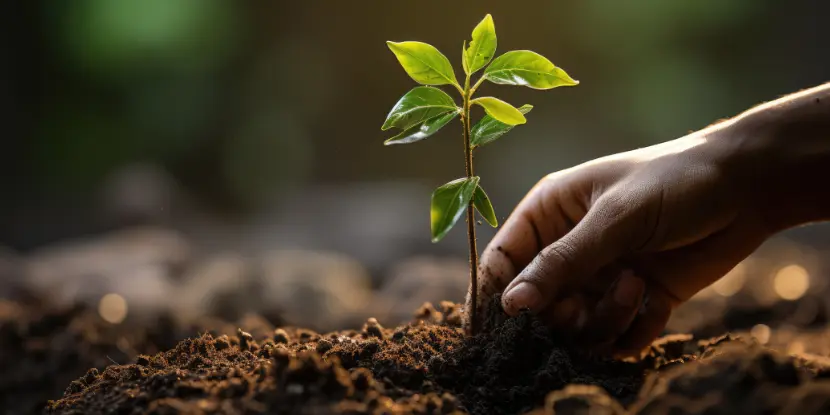
Rich, stable soil with a balanced pH gives your garden the best chance of success.
Flowers
Ideal Soil
- Neutral or slightly acidic pH for annuals and perennials.
- Well-draining and enriched with compost.
Specific Guideline
Test for nitrogen levels before planting heavy-feeding blooms like roses and sunflowers.
Common Mistakes to Avoid
- Over-tilling: Causes compaction over time. Stick to light aeration.
- Ignoring pH Issues: Soil that’s too alkaline or acidic won’t support healthy plant growth.
- Excessive Sand Use: Adding too much sand to heavy soil can create a concrete-like structure.
- Skipping Organic Matter: Neglecting compost leads to nutrient-poor soil.
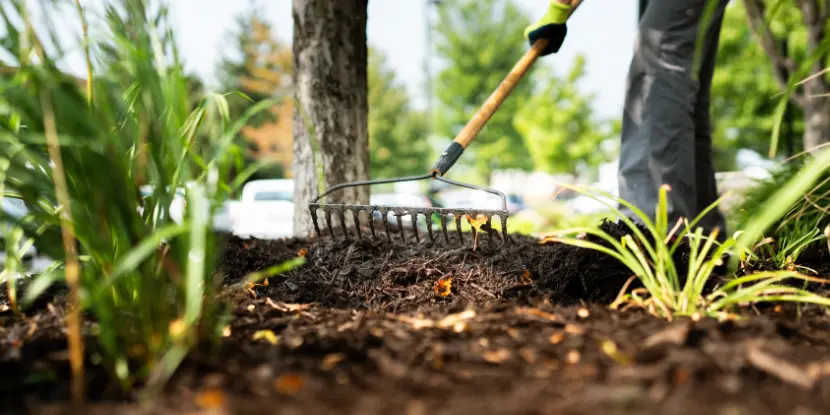
Mulch retains soil moisture, suppresses weeds, and helps to replenish soil nutrients.
FAQs: Preparing Soil for Planting
Q: How do I know if my soil needs to be aerated?
If your soil is compacted or difficult to dig in, it probably needs aeration. You can also test it by inserting a garden fork into the ground – if it doesn’t go in easily, your soil could benefit from aeration.
Q: How often should I add compost to my soil?
We recommend adding compost at least once a year before planting season. You can also add smaller amounts throughout the growing season.
Q: Can I use synthetic fertilizer instead of compost?
While synthetic fertilizers provide immediate nutrients, they don’t improve the health of the soil like compost. Try using a combination of both.
Q: Are there any other benefits of compost?
Yes, compost also helps retain water, control erosion, and reduce the need for chemical pesticides. It promotes beneficial microorganisms and is an environmentally friendly way to recycle organic material.
Q: How often should I turn my compost pile?
Turn your compost pile every 1 to 2 weeks. Turning aerates the pile, accelerating decomposition and ensuring the material breaks down evenly. If you can’t turn it that frequently, decomposition will still occur at a slower pace.
Q: What items should I avoid putting in compost?
Avoid adding meat, dairy products, greasy or oily foods, and pet waste to your compost pile. These materials can attract pests and cause unpleasant odors. Items treated with chemicals or pesticides, like some yard waste, should also be avoided to keep the compost organic and safe.
Q: How can I tell when my compost is ready to use?
The finished compost will look dark, crumbly, and have a rich, earthy smell. All original materials should be broken down, with little to no recognizable fragments of the organic matter you started with.
Q: Can compost be used for all types of plants?
Compost is suitable for most plants, improving soil quality and providing essential nutrients. However, plants with specific soil needs, such as those requiring very acidic or alkaline soil, will benefit from amendments tailored to their requirements.

